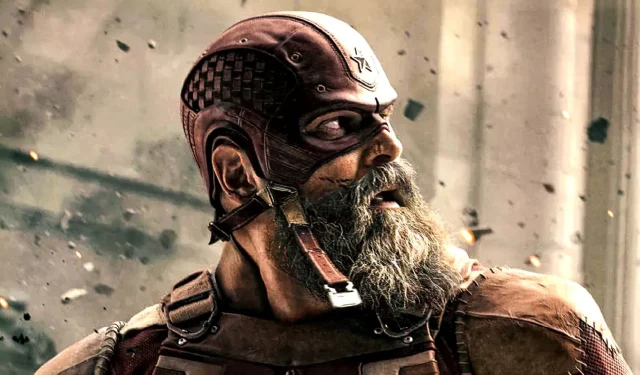The conclusion of Thunderbolts* seems to have broken one of the Marvel Cinematic Universe’s (MCU) most cherished conventions, leaving audiences genuinely astonished. Throughout its runtime, Thunderbolts* distinguished itself from its MCU counterparts. Notably, Bob’s candid admission of meth use was a fleeting but significant detail that demonstrates Marvel’s willingness to address serious topics beyond the limits of typical superhero narratives, often relegated to R-rated films like Deadpool and Wolverine.
A central aspect of Thunderbolts* is its raw exploration of mental health, traversing deep psychological struggles that even seemingly lighthearted characters like Yelena face. This remarkable depth has played a crucial role in garnering widespread acclaim from audiences, who have highlighted the film’s emotional weight as a standout feature. However, one particular moment sparked debate and concern, potentially pushing the envelope too far before it was carefully addressed later in the film.
A Shocking Moment Unfolds in Thunderbolts*
The Void Transforms Innocence into Shadows
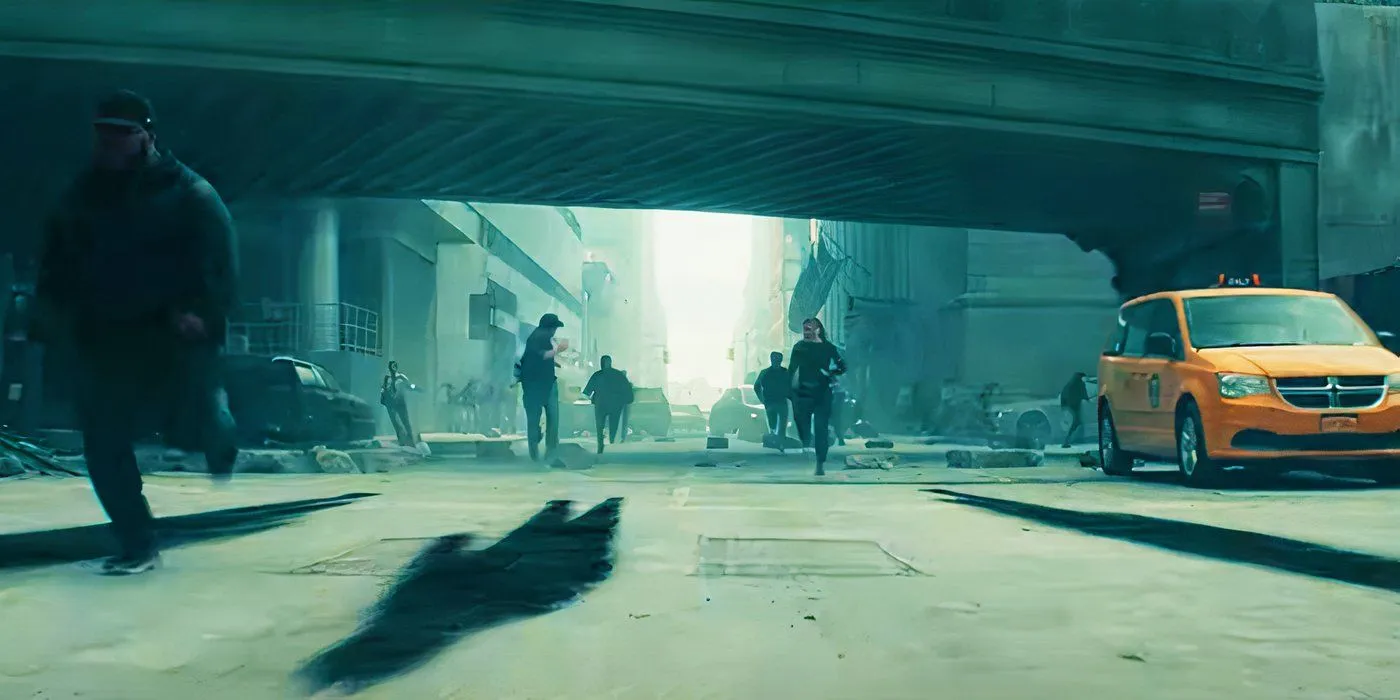
The promotional materials for Thunderbolts*, including its latest trailers, revealed that the main antagonist is the enigmatic Void, an alter ego of Sentry. Scenes featuring the Void’s power showcased him transforming citizens of New York into shadowy forms, raising immediate concerns about the fate of these individuals. Given the Void’s notorious history as one of Marvel Comics’ deadliest figures, the assumption that he could commit mass destruction was understandably made.
In the source material, the Void wreaks havoc across Manhattan, resulting in over a million deaths, which amplified fears of a similar scenario in the film adaptation.
This unsettling narrative continued to unfold, culminating in one of the most harrowing sequences to date in the MCU. As the Void targets civilians, chaos ensues on the streets, compelling the emerging New Avengers team to mobilize and rescue people from falling debris and out-of-control vehicles. In a heart-stopping moment, Red Guardian saves a young girl from danger, sharing a touching interaction before she tragically transforms into a shadow, an experience compounded by the chilling silence that follows.
A Dark Narrative Turn in Thunderbolts*
Rescue: The Child Returns After the Thunderbolts’ Triumph
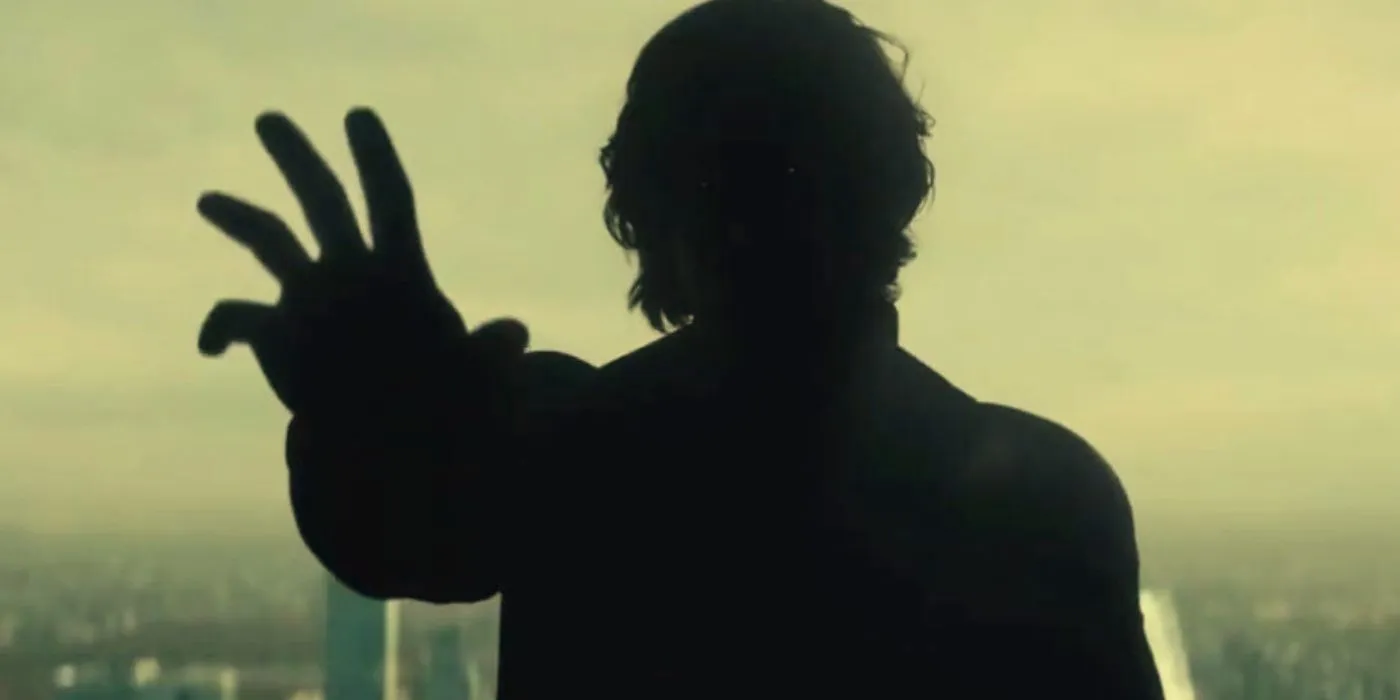
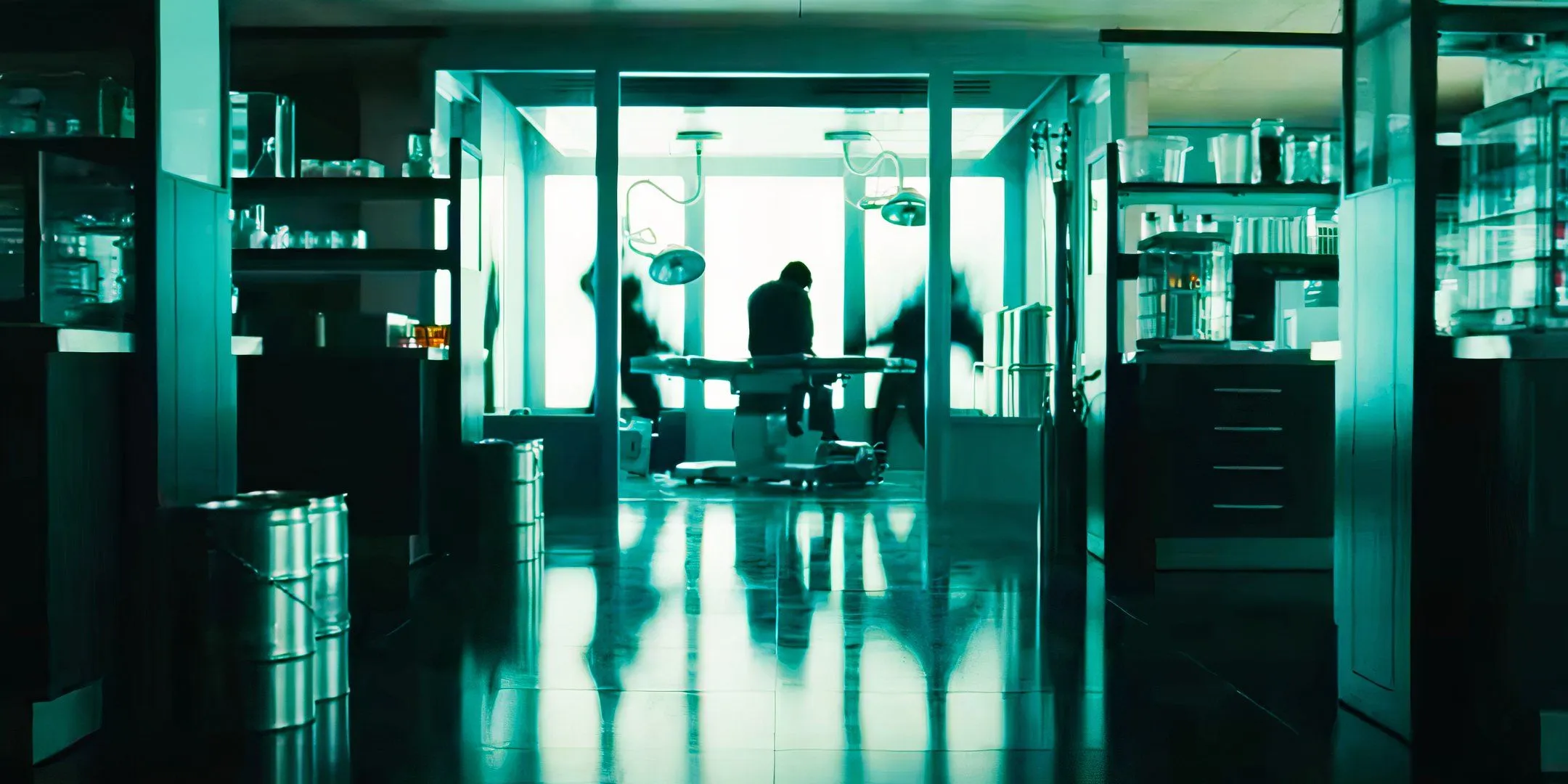
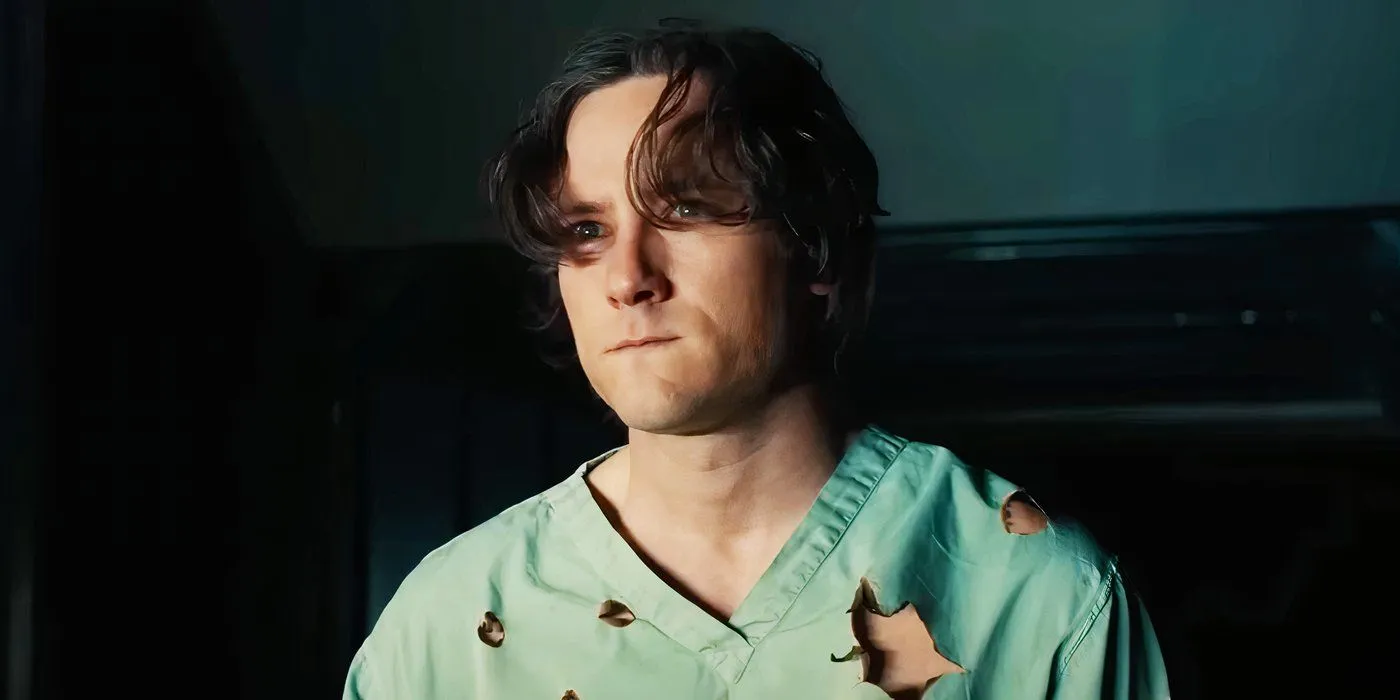
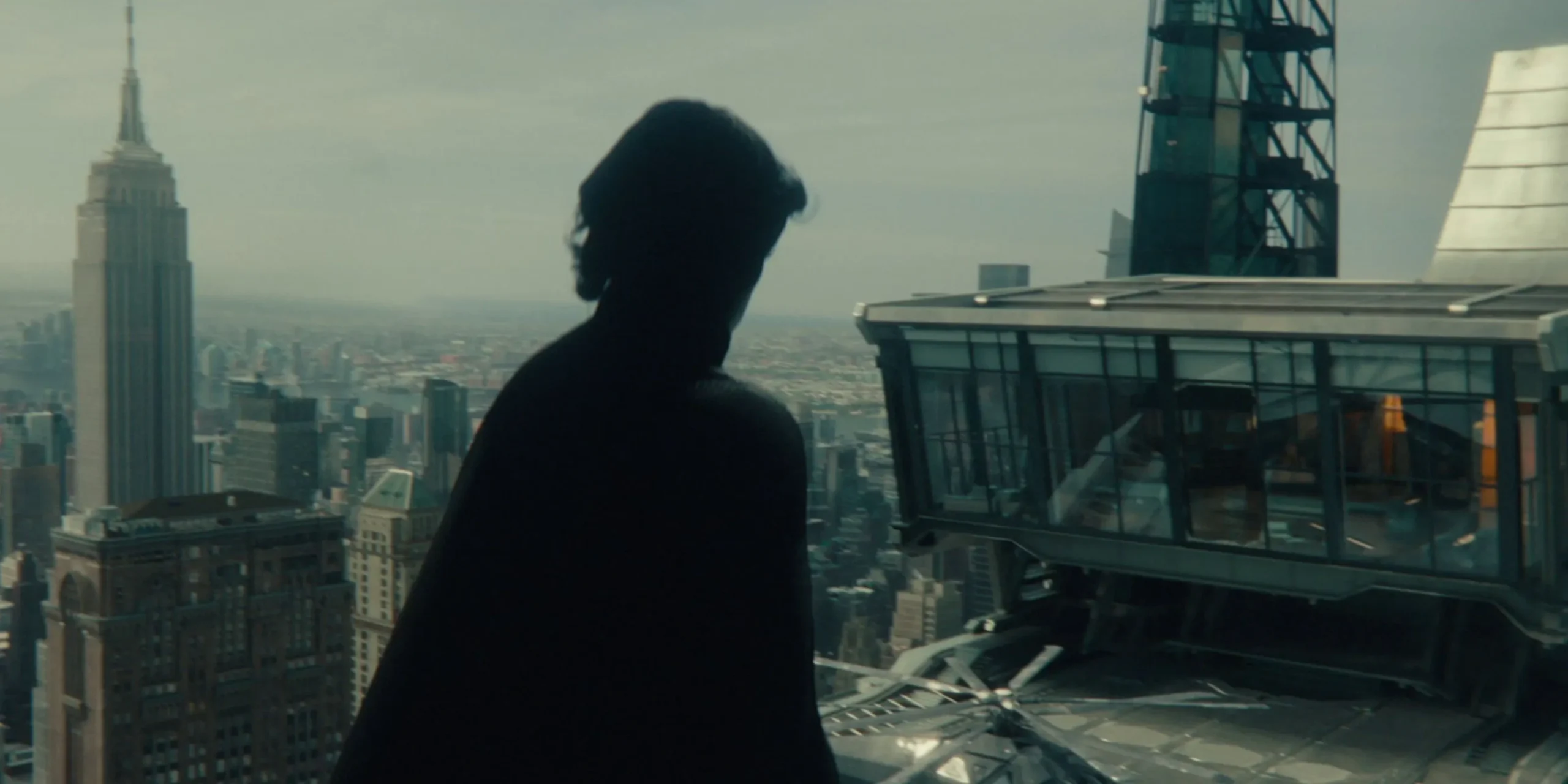
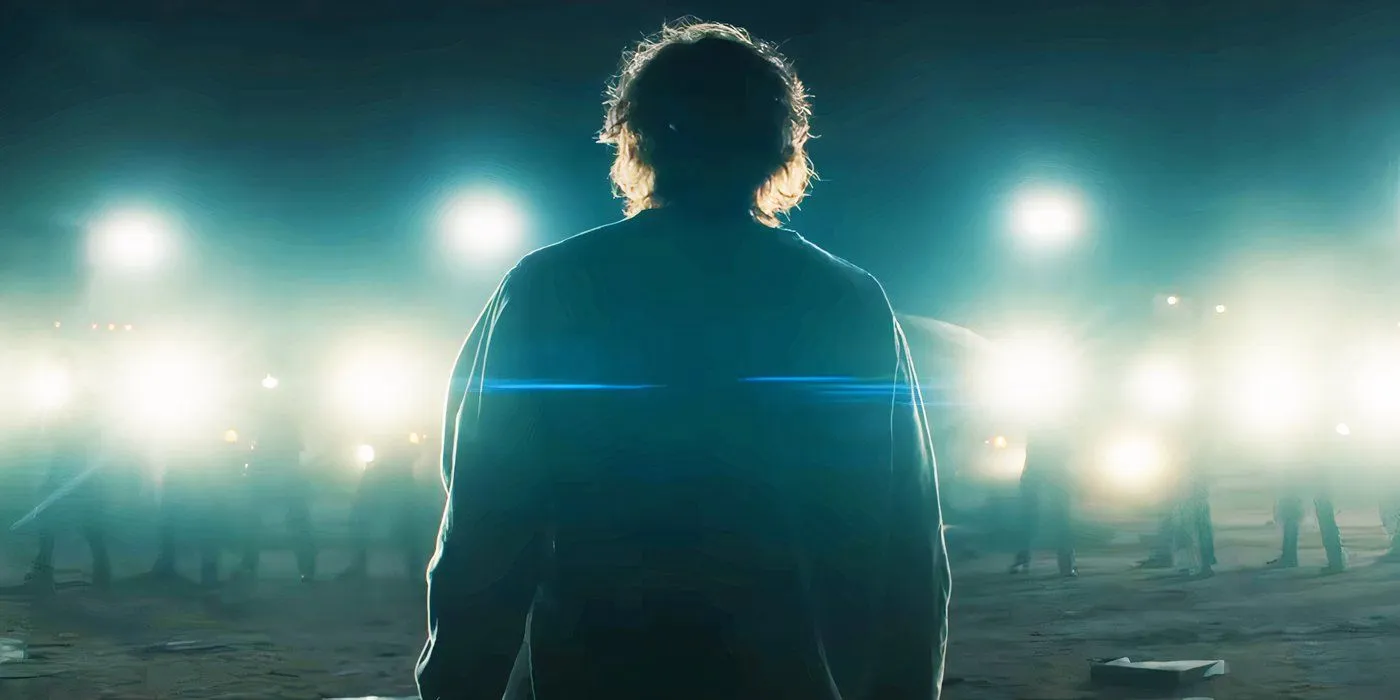
Despite the dread of the preceding scene, the heroes acted quickly to evacuate the streets as Yelena bravely navigated into the shadows. Her instincts led her to believe that the Void wasn’t outright killing these individuals. Recognizing her duty, she decided to confront the threat within the realm to which they had been sent. Fortunately, Yelena’s gamble proved correct as the Thunderbolts managed to help Bob nullify the Void, allowing the captured souls—including the young girl—to return safely to their reality, visibly unscathed by their ordeal.
While it’s acknowledged that children are not invulnerable in the MCU—with many tragically falling victim to events like the Snap—these losses are often depicted off-screen. Film entries like Thor: Love and Thunder drew upon similar themes, revealing child deaths only to subvert those events by restoring characters, highlighting Marvel’s sensitivity towards such grim subjects. Notably, Thunderbolts* may have approached this darkness more directly than any previous installment.
A Deeply Tragic Child Death Still Occurs in Thunderbolts*
Yelena’s Shame Room Reveals a Gruesome Memory
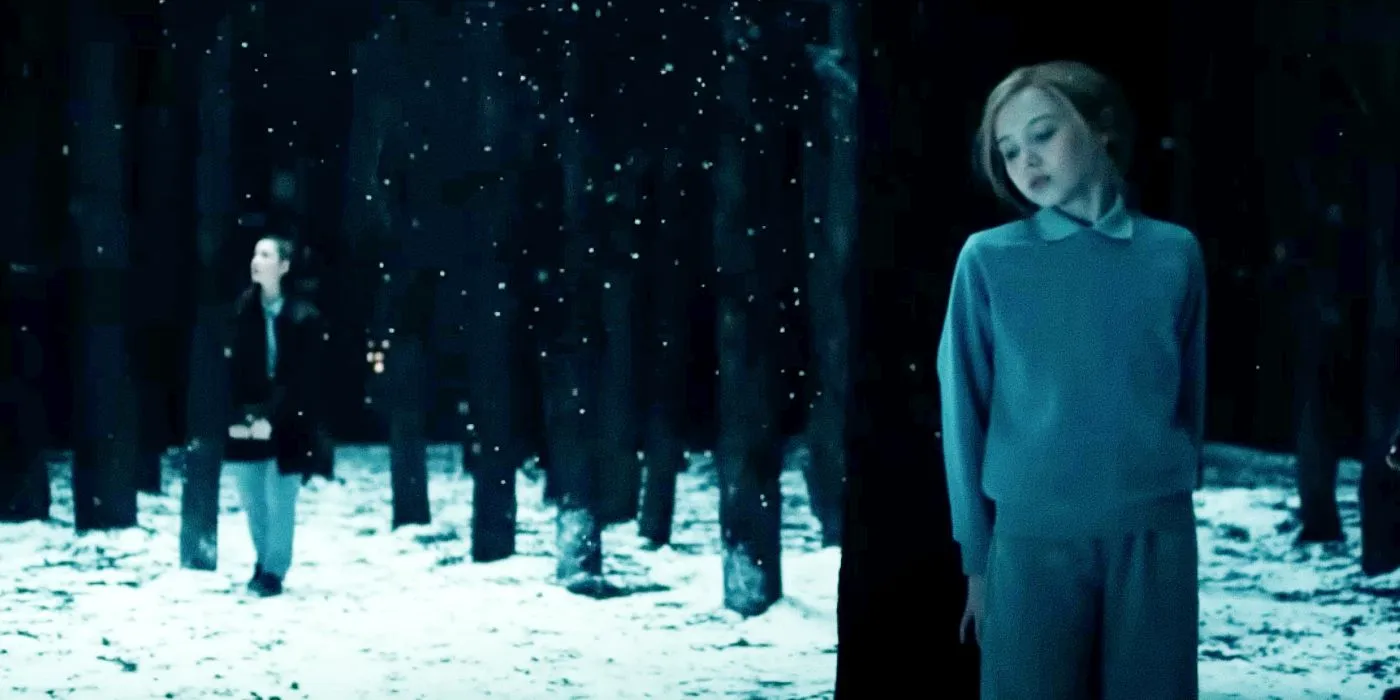
Yelena’s foray into the Void’s shadow resulted in an eventual victory and the restoration of the lost child, yet it also led her into a harrowing memory. As she grapples with the ramifications of her past as a Black Widow, it’s no surprise that her shame room reveals a traumatic event: the memory of luring her childhood friend, Anya, into the depths of the woods, which culminates in Anya’s brutal murder by a seasoned assassin. Although this occurs off-screen, the emotional weight of the moment is not diminished.
Ultimately, Thunderbolts* handles these intense scenes with finesse, giving the MCU a darker tone than ever before. The film powerfully illustrates just how traumatic Yelena’s history is, reflecting her current struggles with depression. It further underscores the cruel reality of the Red Room’s treatment of young girls before Yelena played a pivotal role in dismantling it in Black Widow. Thunderbolts* clearly navigates heavy themes, setting a profound tone for the MCU.
